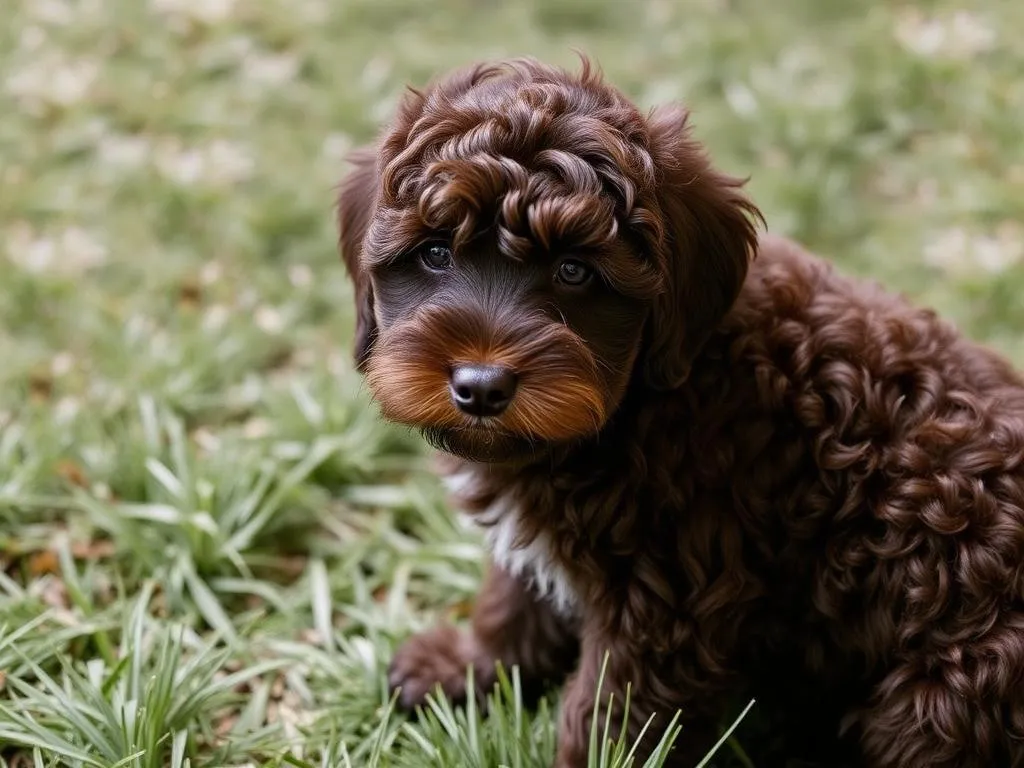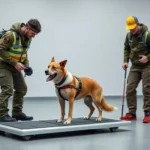
Cockapoos, a delightful mix of the Cocker Spaniel and Poodle, are known for their friendly demeanor and intelligence. Whether you’re a first-time dog owner or a seasoned pet parent, understanding how to potty train your Cockapoo is crucial for maintaining a harmonious home. Successful potty training not only ensures hygiene and convenience but also strengthens the bond between you and your furry friend. In this guide, we’ll cover everything you need to know about effectively potty training your Cockapoo.
Understanding Your Cockapoo
Characteristics of Cockapoos
Cockapoos are known for their playful and affectionate nature. They are often eager to please, which can be beneficial during training. Their intelligence allows them to learn commands quickly, but it also means they may become bored if training sessions are not engaging.
Some common potty training challenges specific to Cockapoos include their small size, which may lead to more frequent potty breaks, and their sometimes stubborn attitude. Understanding these traits will help you tailor your training approach.
The Importance of Early Training
Starting potty training at an early age is essential for Cockapoos. Puppies have a natural instinct to keep their sleeping area clean, so introducing potty training as soon as you bring your Cockapoo home can leverage this instinct. The key developmental stages for Cockapoos occur between 8 weeks to 6 months, making this the ideal time to instill good habits.
Preparing for Potty Training
Essential Supplies
To begin, gather some essential supplies:
- Puppy pads: Useful for indoor training and can make the transition to outdoor potty training smoother.
- Outdoor options: A designated potty area in your yard or a portable potty for apartment dwellers.
- Crate training materials: A comfortable crate can be a valuable tool for potty training.
- Cleaning supplies: Enzymatic cleaners will help eliminate odors and discourage repeat accidents.
Setting Up a Routine
Consistency is key in potty training. Establishing a daily schedule for potty breaks helps your Cockapoo learn when it’s time to go outside. A sample daily schedule might include:
- First thing in the morning: Take your Cockapoo outside immediately after waking.
- After meals: Take them out 15-20 minutes after eating.
- After playtime: A quick trip outside after any vigorous activity.
- Before bedtime: A last chance to go outside before settling in for the night.
Pay attention to signs that your Cockapoo needs to go, such as sniffing, circling, or whining. Promptly taking them out when you notice these behaviors reinforces good potty habits.
Potty Training Techniques
Crate Training Method
Crate training is an effective method for potty training your Cockapoo. To introduce your Cockapoo to the crate:
- Make it inviting: Place soft bedding and toys inside the crate to create a comfortable space.
- Gradual introduction: Start with short periods in the crate, gradually increasing the time as your Cockapoo becomes more comfortable.
- Never use the crate as punishment: This can create a negative association.
To ensure effective crate training, follow these steps:
- Take your Cockapoo outside immediately after they exit the crate.
- Monitor their behavior; if they whine, they may need to go out.
- If accidents happen in the crate, clean them up with an enzymatic cleaner to eliminate odors.
Outdoor Training Method
Transitioning from indoor to outdoor potty training can be straightforward. Choose a designated potty spot outside where your Cockapoo can learn to associate that area with going to the bathroom.
Using commands and cues can also be beneficial. For instance, you might say “go potty” every time you take them outside. This repetition helps them learn the association between the command and the action.
Positive Reinforcement Strategies
Positive reinforcement is crucial for successful potty training. When your Cockapoo successfully goes potty outside, immediately reward them with treats or praise. Timing is essential; the reward should come right after the action to reinforce the behavior.
If your Cockapoo has an accident, avoid punishment. Instead, focus on encouraging good behavior. If setbacks occur, return to the basics of training and reinforce the positive behaviors until your Cockapoo regains confidence.
Troubleshooting Common Issues
Accidents in the House
Accidents are a normal part of the potty training process. Common reasons for accidents include:
- Infrequent potty breaks: Ensure you’re taking your Cockapoo out often enough.
- Distractions: Noise or excitement may cause them to forget their training.
To clean up effectively and avoid repeat incidents, use an enzymatic cleaner specifically designed for pet messes. This will help eliminate odors that may attract your Cockapoo back to the same spot.
Reluctance to Go Outside
If your Cockapoo seems reluctant to go outside, there are strategies you can implement:
- Make it fun: Bring their favorite toy outside or engage in a game to encourage them to play and relieve themselves.
- Identify fears: If your Cockapoo is scared of certain outdoor elements, work on desensitizing them gradually.
Regression in Training
Regression can happen for various reasons, including changes in routine or environment. To re-establish good habits:
- Go back to basics and reinforce the training schedule.
- Be patient and understanding; your Cockapoo may need extra encouragement during this time.
Maintaining Long-Term Success
Transitioning to Independence
As your Cockapoo becomes more reliable in their potty habits, you can gradually allow them more freedom in the house. Monitor their behavior, and if you notice any signs of regression, consider going back to a stricter routine temporarily.
Reinforcing Good Behavior
Continually reinforcing good behavior is essential. Regular potty breaks throughout the day will help maintain their habits. Additionally, keep training sessions engaging and fresh to prevent boredom, which can lead to accidents.
Conclusion
Successfully learning how to potty train your Cockapoo requires patience, consistency, and a thorough understanding of the breed’s unique characteristics. The journey may present challenges, but with the right techniques and a positive approach, you can achieve lasting success. Remember to celebrate the small victories along the way and maintain a routine that works for both you and your Cockapoo. Happy training!









